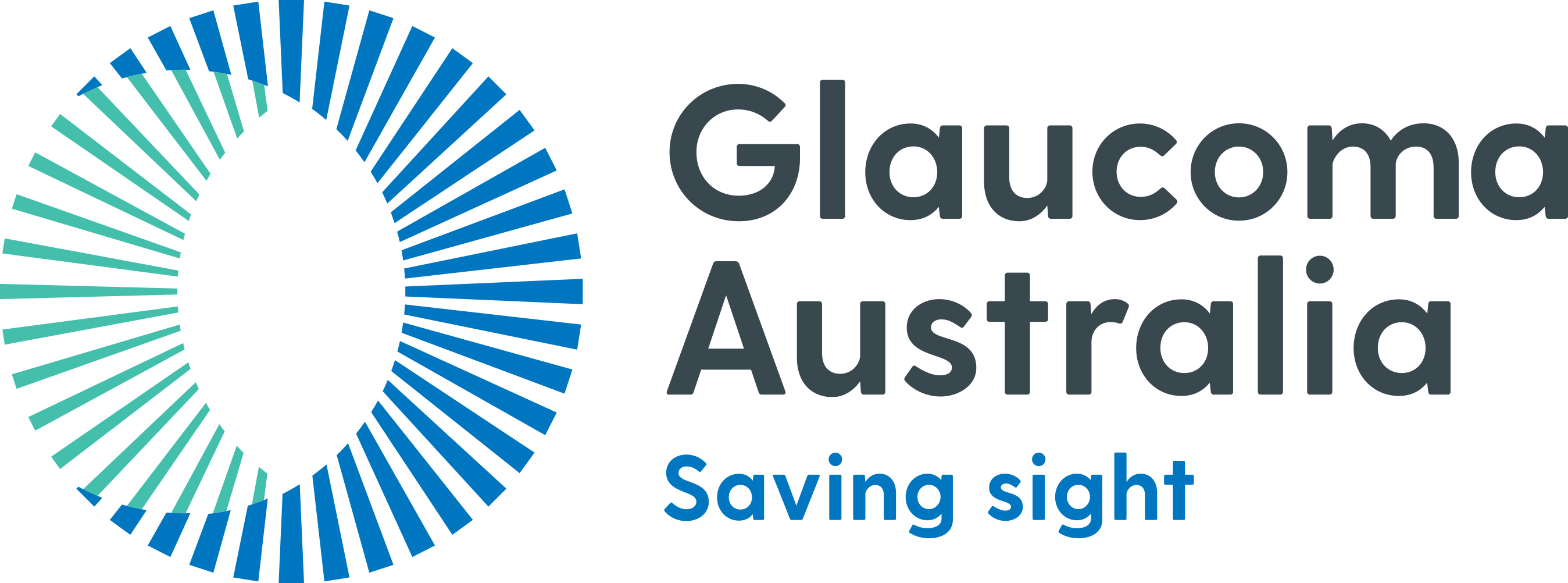Glaucoma
What is glaucoma?
Glaucoma is the name given to a group of eye diseases in which increased pressure in the front of the eye causes damage to the optic nerve at the back of the eye.
What causes glaucoma?
In most people the damage to the optic nerve is due to an increased pressure inside the eye - a result of blockage of the circulation of aqueous, or its drainage.
Optic nerve damage can also be caused by poor blood supply to the vital optic nerve fibres, a weakness in the structure of the nerve, and/or a problem in the health of the nerve fibres themselves.
How common is glaucoma?
Over 300,000 Australians have glaucoma. While it is more common as people age, it can occur at any age. As our population becomes older, the proportion of glaucoma patients is increasing.
Although anyone can get glaucoma, some people have a higher risk, those with:
- a family history of glaucoma
- diabetes
- migraine
- short sightedness (myopia)
- long sightedness (hyperopia)
- eye injuries
- blood pressure
- past or present use of cortisone drugs (steroids).
People in these groups should have their first eye check no later than the age of 35.
For most people, it is recommended to have an eye check for glaucoma by the age of 40. If no glaucoma is found, the NHMRC (2010) Guidelines (external site) recommends regular eye health checks for Caucasians over the age of 50 and for those of African and Asian descent regular checks over the age of 40 years, because of the higher prevalence in the latter groups.
What are the symptoms of glaucoma?
Chronic (primary open-angle) glaucoma is the most common type. It has no symptoms until eye sight is lost at a later stage.
Damage progresses very slowly and destroys vision gradually. One eye covers for the other, and the person remains unaware of any problem until a majority of nerve fibres have been damaged, and a large part of vision has been destroyed.
This damage is progressive and irreversible. Treatment cannot recover what has been lost, but treatment can arrest, or at least, slow down the damage process.
That is why it is so important to detect the problem as early as possible, to be able to start treatment with as little damage to the vision as possible.
Where to get help
Remember
- Glaucoma is a leading cause of irreversible blindness worldwide.
- 1 in 10 Australians over 80 will develop glaucoma.
- At present, 50 per cent of people with glaucoma in Australia are undiagnosed.
- Australian health care cost of glaucoma in 2005 was $342 million.
Acknowledgements

This publication is provided for education and information purposes only. It is not a substitute for professional medical care. Information about a therapy, service, product or treatment does not imply endorsement and is not intended to replace advice from your healthcare professional. Readers should note that over time currency and completeness of the information may change. All users should seek advice from a qualified healthcare professional for a diagnosis and answers to their medical questions.